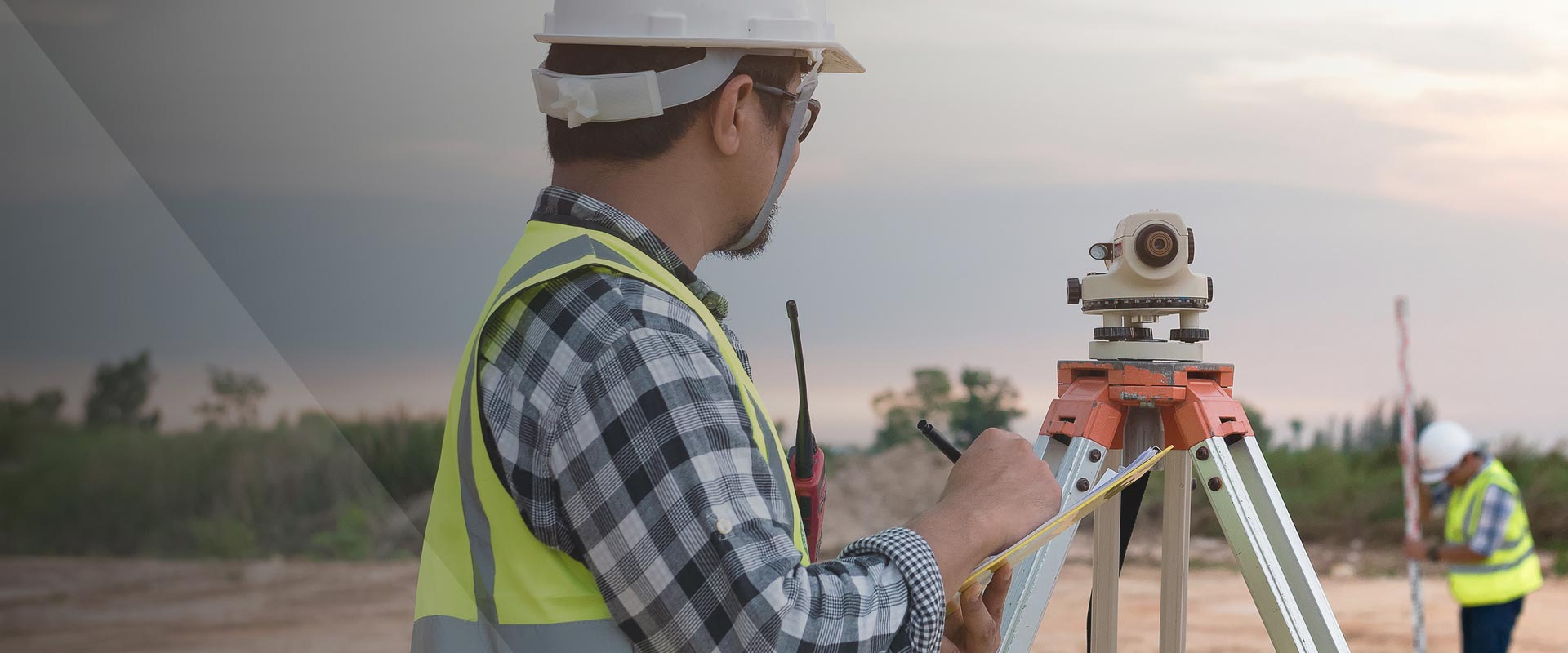One in the challenges faced whenever using traditional land surveying methods is the particular necessity of surveying areas that are covered by thick vegetation. Several surveying projects need the measurement involving such vegetation, although most applications require measurement of the terrain itself, instead than the vegetation covering this ground. Topographic surveys might require the measurement of vegetation, depending on their intended objective.
When on typically the ground, land surveyors may find that will traditional surveying equipment is blocked by huge trees or some other obstructions. They may be unable in order to traverse the land because of steep hills, inconvenient avenues, or other natural or man-made capabilities. Combined, these features may make surveying difficult or actually impossible from about the land alone, particularly in undeveloped areas. However, you will find ways around these obstructions which permit surveyors to create accurate and specific surveys.
Some methods of surveying can easily penetrate trees and even groundcover. Among these types of is LiDAR, a laser-based method. Since the laser device is flown on the area in an airplane, it is definitely ideal for heavily forested areas wherever access on foot may be difficult or impossible.
Additional surveying applications, alternatively, require measurement from the vegetation. Similar high methods do not penetrate tree tops, and so can offer an idea of the vegetation while nonetheless allowing the surveyor to work by a distance.
1 type of surveying, referred to as 'vegetation surveying, ' is specifically interested in the vegetation found inside a given area. In contrast to standard land surveying, vegetation surveying usually depicts rough restrictions, not strict traces. Vegetation surveying, or even the mapping regarding plant habitats, is a valuable device for botanists, environmentalists, and other earth science applications. Dependent upon its planned use, a vegetation survey may reveal areas with vegetation and those with out, or the varieties of plant plus their density and placement. These maps are often used to identify sensitive ecological areas (such while wetlands), map the particular spread of crops, or examine environmental changes following normal or man-made situations.

In cases wherever vegetation surveying is desirable, measurements may possibly be taken using aerial methods or even using a surveyor's transit or complete station to calculate vegetation height and to lay out the grid in the landscape, onto which plants can be scored. The same grid then can be used by simply another surveying group after a period of time of your energy to assess changes in vegetation and terrain.
While topographical maps may display vegetation or man-made features, a digital terrain model (also known as some sort of digital elevation model) generally only signifies the floor topography plus terrain underneath the particular vegetation. Digital landscape models may be referenced to as bare-earth models, while Digital Surface Models contain features such because vegetation.
There are a variety involving surveying methods utilized to create topographic surveys or digital terrain models, such as direct surveying (with a surveyor's transportation or total station) or remote sensing technologies such since aerial and satellite imagery, LiDAR strategies, and photogrammery. https://landsurveysbristol.uk/best-topographical-surveyors-bristol/ depends on typically the area being surveyed and the sum and type regarding data required. Many surveying methods applied to create these kinds of models, for example radar, reflect the highest elevation point over a provided location, whether this kind of is the best of any tree or building or bare ground, while others are intended regarding the measurement of the terrain by itself.
